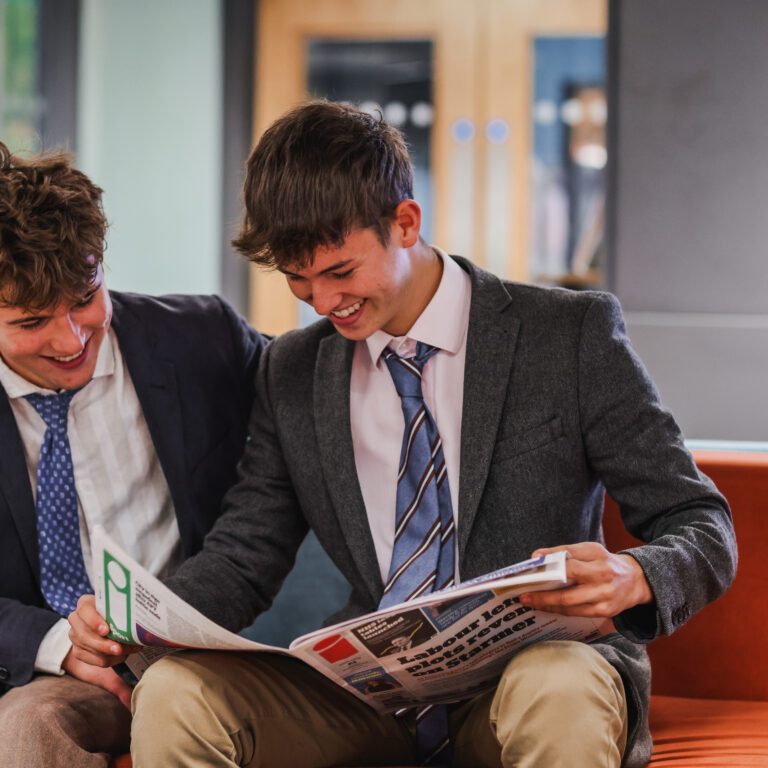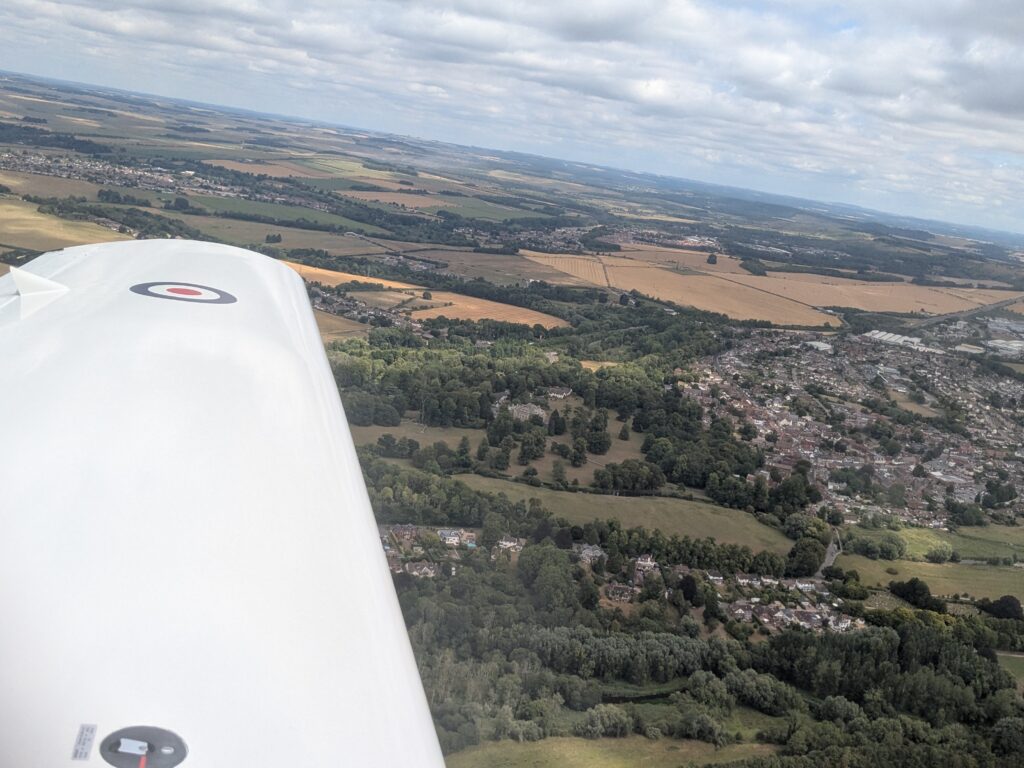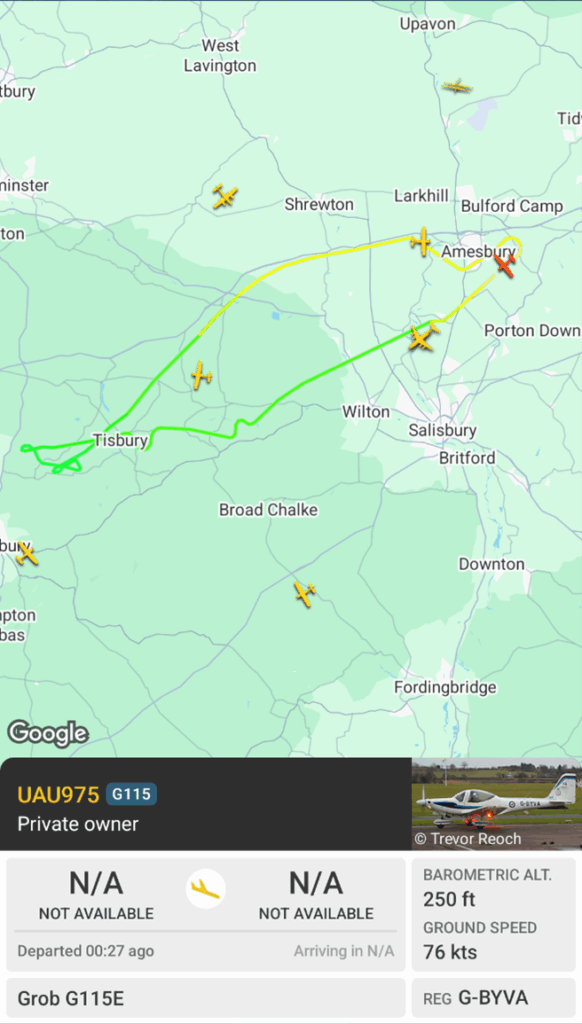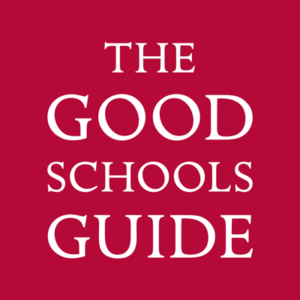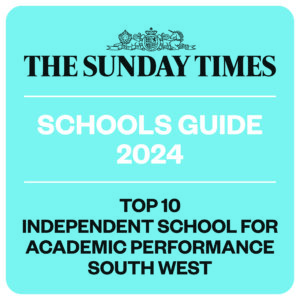On Wednesday 30 July, five of our RAF cadets – Matthew, Elisabeth, George, Bella and Eve – set off for Boscombe Down where two Air Expeditionary Forces (AEF) are stationed, and what awaited them was to fly Grob Tutors independently, under the close supervision of their assigned RAF Pilot, of course! For some of our wannabe pilots, this was not their first time and they had clearly not forgotten their ground training. This is where, in the highly unlikely event that you have to jump out of the plane with your parachute, we all know how to do so correctly. This includes actions to be taken whilst inside the cockpit and then how to dispatch yourself out of the plane safely and deploy your parachute, followed by actions to be taken whilst you drift back down on solid soil and thereafter, all guided by the brilliant and entertaining instructor, Craig.
Once ground training had finished, it was time to get fitted and kitted up with our flying equipment by the diligent equipment fitter Pete who was also entertaining. These flying trips offer amazing opportunity for our cadets and seeing their faces of joy as they depart the aircraft is amazing for our staff accompanying them.
We know just how special what our cadets get to experience is, along with how hard it is for the pilots to give these experiences sortie after sortie. After being fitted with flying coveralls, helmet and gloves and having their communications tested, our cadets made a short walk to the airfield where they were met by the ground staff who assisted them into the Grob Tutor – a small, light, propellered aircraft used by the RAF for training purposes. Once they were checked and strapped into their seats, formalities of a meet and greet with the pilot inside the cockpit were next. Pupils said it was a strange feeling as first of all it is very snug inside the cockpit – you are both wearing helmets, visors down and all communications now come over a built-in microphone inside the helmet, so you cannot see the face of the person who they must have complete faith in.
Initially, looking at the controls in front of you can fill you with trepidation thinking “how many dials and controls”. But then one quickly realises that the pupil’s side of the cockpit is just a mirror image of the actual pilot – panic over. So their initial pre-flight check is to talk to the ground crew who are checking from the outside that everything is working as it should as the pilot fiddles with controls, pedals and control stick. He also revs the propellers to different RPMs as he tries to get the right mix. Pupils sat listening to all the communications and watching all these switches being flicked and dials observed wondering how is he doing all this whilst chatting away – amazing. The ground crew are happy, and they now edge forward, test the brakes a couple of times and then proceed to taxi down the runway. The next bit is information overload, and the pilot starts talking to air traffic control, again whilst still doing pilot checks and talking to them – their minds are blown already, and they haven’t taken off yet. They have two “rotary” (helicopters) in the far distance on the south runway and a large plane coming into land from the east so they are now queuing waiting for their safe moment to take off. Air traffic control gives the all clear, they do our own visual check like you would driving a car – looking left, right and behind – and see their friends waiting in their own planes behind, also waiting for take-off.
The Grob is given some revs and it starts moving forward at pace and before you know it, they are airborne. Very quickly everything on the ground is looking smaller and smaller as they gain height, all whilst air traffic control are still talking, informing them of other aircraft in the vicinity. The first thing that felt strange for some is that, whilst you are sat in the cock pit it doesn’t feel like you are going very fast, however, when looking down and seeing friends’ planes heading in other directions, it looks rapid but it just doesn’t feel fast.
Now for the fun part, the pilot starts talking about the controls and demonstrates a left, right, up and down and shows our cadets how the plane responds. He then asks if they want a go. They then have to say “I have control” and grab the control stick. The pilot then says “you have control” as he lets go of the controls. It is terrifying for pupils to believe that they are now in control of the plane as the pilot gives them commands on where to head to. They were lucky with wind and there was no turbulence felt and with a steady hand this felt pretty simple. The views were stunning.
The pilot then asks if they want to do some fun stuff. “I have control” he says, as the pilot regains the control stick. Our pupils’ hands are now free to grab a sick bag if required. It’s a fairly cloudy day so they are now on the hunt for some breaks in the clouds where they can have a clear visual of other aircraft in the air before they perform their next move. They are actually looking on the ground to see where the sun is shining and head for that space. They find their spot, do a quick 360 visual check, and a visual on the radar inside the cockpit and then, before you know it, they tilt right back heading up and then go upside down doing a loop the loop. It’s almost like slow motion as they watched the blue sky and clouds disappearing whilst feeling weightless as their stomach and brain exchange positions. The sick bag wasn’t required thankfully for any of our cadets.
The next bit was just as mad when they took a stall turn. Again, observations were carried out before heading up towards the skies. Then they turned left whilst vertical and then felt like they were plummeting towards earth to then gently ride back into a normal flight pattern. There was time for another loop the loop before handing controls back to our cadets and gave them directions to steer back towards Boscombe Down airfield but not before flying over Stonehenge where the pilot took control again allowing the opportunity to take a photo. Soon, they were in communications with air traffic control as they headed back down onto the runway for a smooth landing.
We are incredibly thankful to the amazing pilots who take our cadets up. Although they enjoy it too, it is actually incredibly hard work and pupils felt dehydrated when they got back on the ground. A huge thank you for everyone at 2 AEF for an entertaining day. For anyone interested, it is also worth downloading the flight radar app so you can watch the route the plane takes as long as you know the number beforehand. Below is Eve’s route with aircraft G-BYVY (spot where her barrel was) and the other Elisabeth’s aircraft G-BYVA.
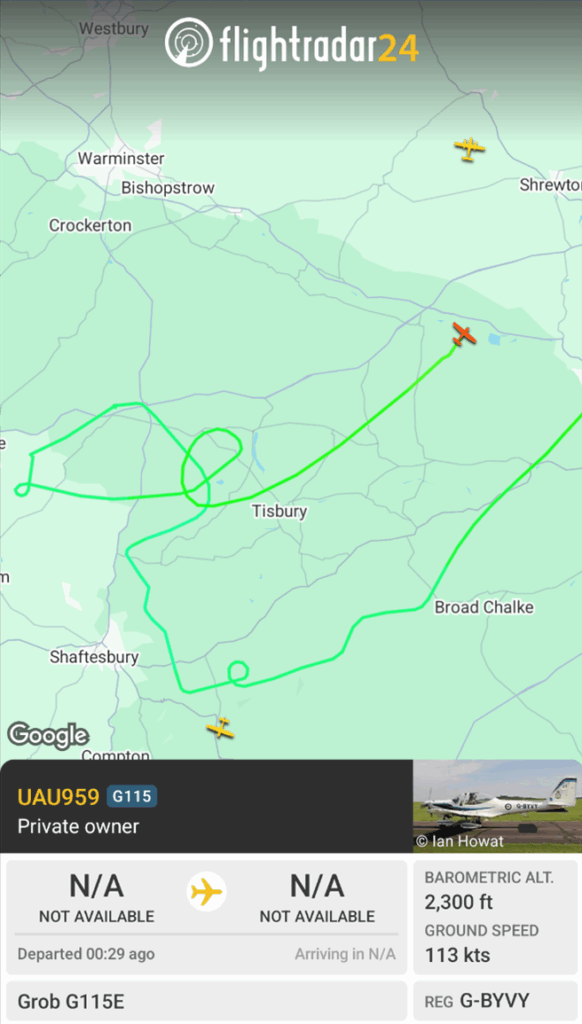
An incredible experience that will live long in our pupils’ memories.

